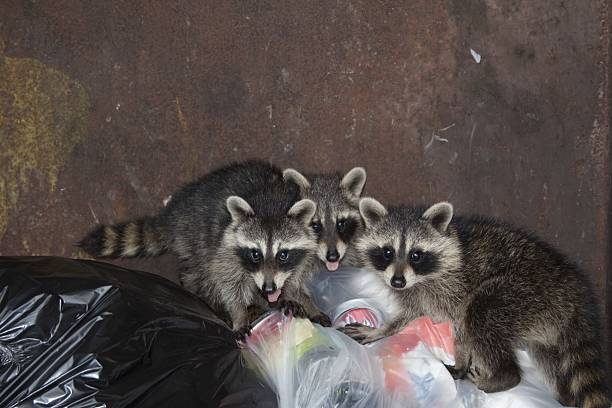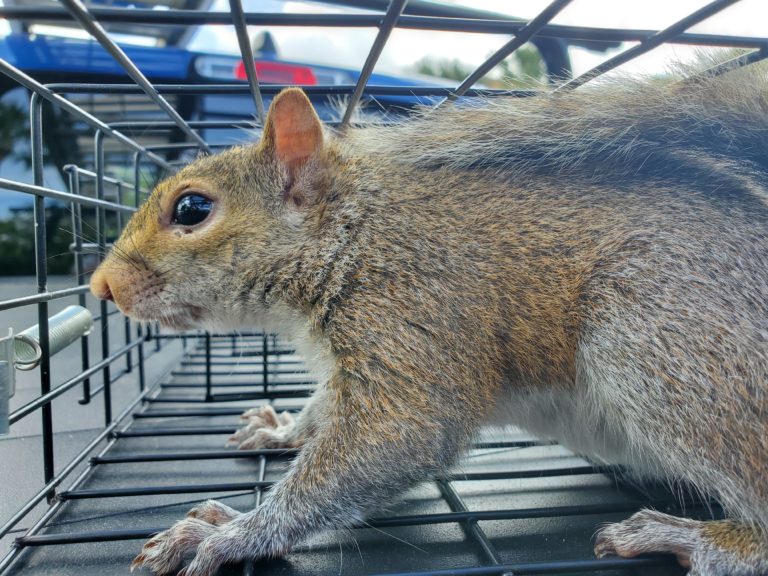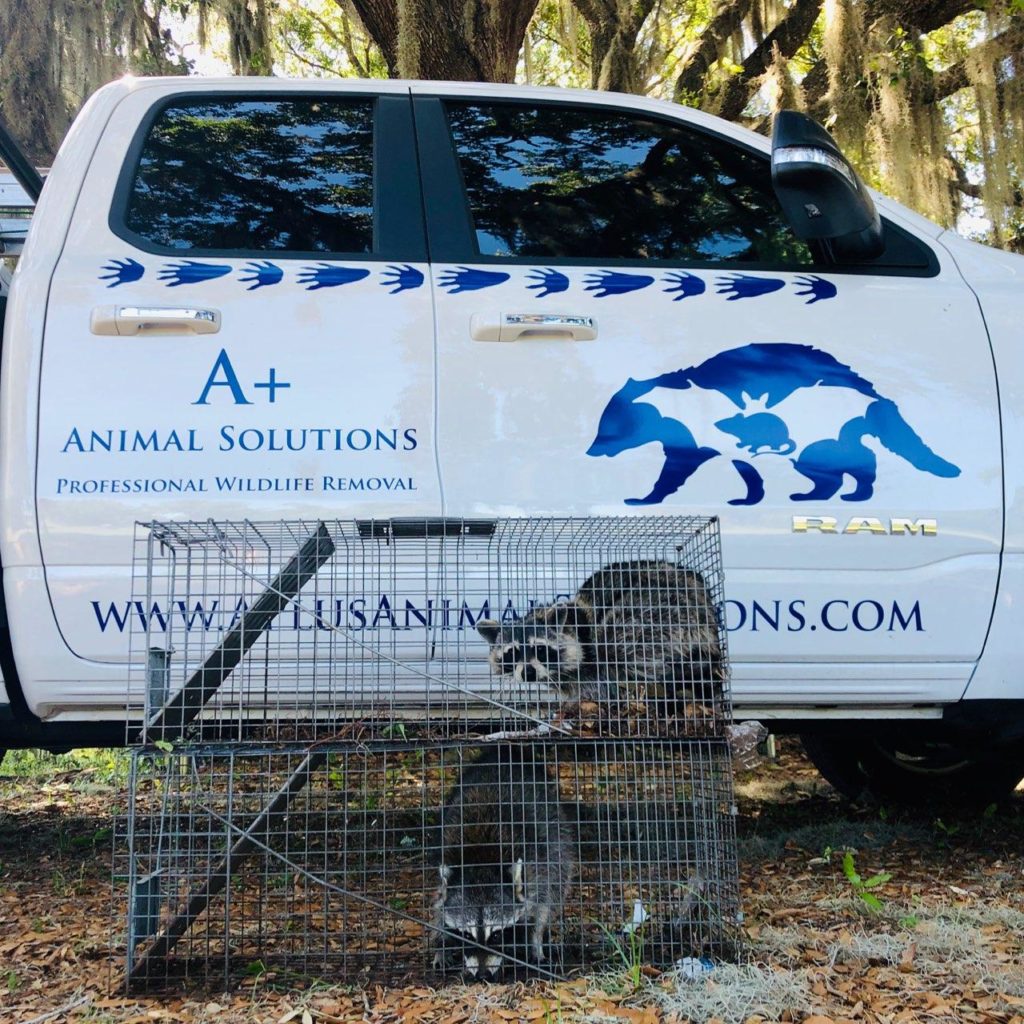GET RID OF BAD BIRDS ONCE AND FOR ALL
Fast & Accurate Wildlife Control Services In Florida
Birds are fascinating creatures. Their diversified beauty, coupled with their elegance in flight and intriguing sounds is appreciated by many. Yet they can quickly become a nuisance. Some of the bird species classified as pests include feral pigeons, house sparrows, common starlings, gulls, and crow. Their presence in a property is usually unwelcome because of the problems they cause. In this article, we’ll consider these problems and how to effectively prevent them.




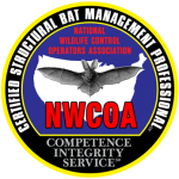



Problems Associated with Birds
Birds are common in cities and usually seek shelter in buildings. They, therefore, roost in places like roofs, beams, attics, warehouses, and parking garages. Some of the problems they cause include:
1)Destruction
The main source of destruction comes from the corrosive nature of their droppings. It affects metallic beams and can also peel off paint and sealant. Also, woodpeckers can peck on wooden structures. All of these eventually affect the building’s structural integrity. Pest birds constantly steal from crops and fruit orchards. This can be problematic if you have a garden.
2)Diseases
Trapping is an effective way to capture nuisance birds. However, the capture of birds is subject to state laws as several bird species are protected by the federal migratory bird protection act. Although species like pigeons, grackles and starlings are not covered by this law. There are several types of traps like cage traps, net traps, claptraps, lethal traps, and baiting bird traps. Effective trapping is dependent on a thorough knowledge of the bird’s behavior to choose the appropriate trap, bait, and placement strategy. This is why professional help is advised.
Problems Associated with Birds
1) Trapping
Pest birds can also cause health-related concerns through their feces. Some of these include histoplasmosis, psittacosis, and cryptococcosis. Sometimes, their feces contaminate food recipes, especially in open-air warehouses.
2) Bird Spikes
These are pointed metallic or plastic structures installed on common landing surfaces – like rooftops, windowsills, and ledges – to deter the landing of birds.
3) Shock Track Systems
It involves installing nearly invisible shock track strips on common landing surfaces. Once a bird touches it, it delivers a mild shock to the bird, which deters it from landing. The shock is humane, making shock tracks an effective low-profile bird control method.
4) Bird Netting
This is the perfect choice for preventing birds from landing in semi-enclosed spaces and open areas, like your garden. In gardens, the net prevents birds from entering without depriving your crops access to sunlight and water.
5) Avicide Poison
Avicide must be used to specifically target pest birds because the poison is lethal to almost any animal that comes in contact with it. They can only be used to eliminate house sparrows, starlings and pigeons. As a precaution, it is best to check your local animal welfare department to verify that the use of avicide is legal in your area.
Decontamination of Infected Spaces
After birds have been successfully removed, the infected space must be decontaminated. This involves removing the droppings, feathers, dead birds, roosting material, and possibly eggs. Special enzyme-based cleaners are then used to destroy organic matter and deodorize the space. Due to the health-risk associated with birds, it is important to wear full protective gear when performing decontamination.
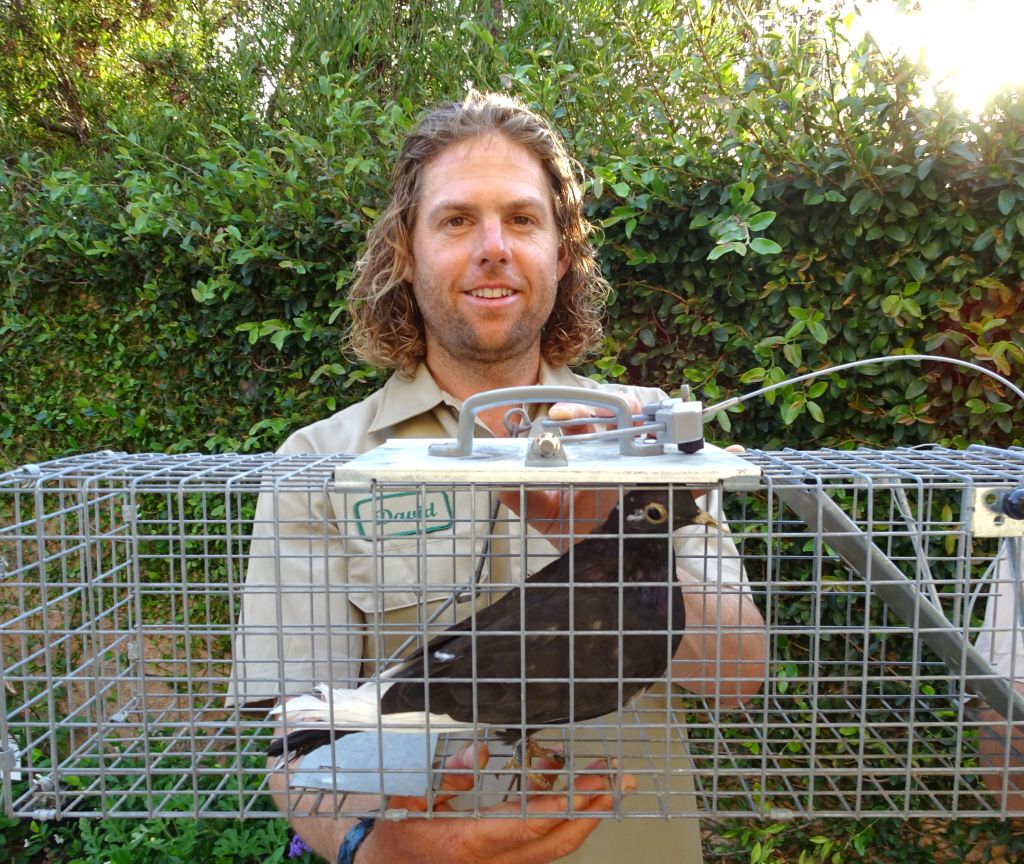

How to Get Birds Out of the Attic
Birds are virtually everywhere and that happens to include people’s homes – although it’s not the most common thing, it’s not rare to find a bird in your attic at some point or another. While that might be a pretty startling sight accompanied by some scratching or droppings, birds really aren’t in your attic to cause harm. Rather, it’s a place that provides covering and protection from the outdoors and predators.
Still, that doesn’t mean you should leave them in your attic; after all, birds can cause corrosive damage to your attic, attract other animals, and more. With that in mind, it’s pretty important to get birds out of an attic as soon as you can. So, here’s how to get birds out of the attic.
Find Out How They Enter
The first step is in finding out how the birds enter and exit your attic. There are countless ways that little birds can squeeze into places, even as out of the way they might be. Attics have many weak spots, like cracks, pipes, vents, and other coverings that can quickly provide access for birds to enter your attic without much effort.
When dealing with birds, it’s usually not too difficult to find these openings – birds fly, after all, so by simply looking at the different sides of your attic and its entrances, you’ll be able to see virtually every spot the little creatures enter and exit from. These are important to keep in mind as they’re helpful in finding spots to keep birds out of, moving forward.
Take Action
Once you’ve found all the entrances or exits that birds can possibly go through, then you’ll need to safely block off all but one. Whether that’s via a professional you’ve contacted or just some caulk and sealant, it doesn’t really matter. What does is that you leave just one space open, as that gives a place to push the birds out down the road.
After everything’s sealed off (but one entrance), then you can either use loud music or just set up a bird cage trap at the last entrance. Loud music scares off birds and can get them all to leave quickly, although it could be potentially damaging to their health. Cage traps are much safer alternatives, but it requires the birds to actively exit to be captured.
Cleaning Up and Prevention
Following the birds being pushed out of the attic, then it’s important to make sure that no baby birds or messes are left behind. Baby birds can die quickly without their parents, meaning that a little problem can quickly grow. As for droppings and any messes left behind, these can prove corrosive and dangerous for the rest of the people in your home.
Although it might be limited to the attic, bird droppings, hairs, and more can all cause more damage than expected. Birds can carry diseases and other harmful things for humans, and the messes they leave behind can hurt your attic and the structure of the area. Although getting birds out of an attic is the first step, one of the most important ones afterward is in making sure everything bird-related is gone.
No matter what step of the process you’ve gone through, however, it’s important to make sure that you’re keeping yourself safe. Don’t be afraid to call animal control or a local company for help, especially in sealing up entrances and the final steps after you’ve run any birds out of your attic. Animal control is difficult, and especially with flying animals.
CALL NOW
GET FAST QUOTE



